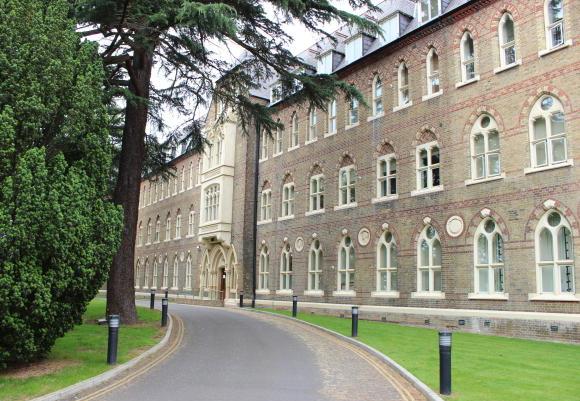Understanding the Financial Landscape of Setting Up an HMO
In recent years, many property investors have gravitated towards Houses in Multiple Occupation (HMOs) due to the potential for higher rental yields compared to standard buy-to-let properties. However, entering the HMO market requires a thorough cost analysis to ensure profitability. This article explores the various costs associated with setting up an HMO, providing potential and current investors with crucial insights.
Initial Investment and Acquisition Costs
Investors must first consider the property acquisition cost. Since HMOs generally require larger properties to accommodate multiple tenants, these costs are typically higher than standard buy-to-let properties. Additionally, investors should budget for stamp duty, legal fees, and potential refurbishment costs to meet HMO standards (RLA, 2022).
Refurbishment and Renovation
Converting a property into an HMO often entails extensive renovations. This includes installing ensuite bathrooms, ensuring fire safety compliance, and potentially redesigning the property layout. Many local councils have specific requirements, such as fire doors and interlinked smoke alarm systems, which add to refurbishment costs (UK Government, 2023).
Licensing and Regulatory Compliance
Operating an HMO requires obtaining a specific licence from the local authority, which carries its own costs. Licence fees can vary but typically run into hundreds of pounds. Additionally, investors must ensure compliance with HMO Management Regulations, which can involve further expenses like regular safety inspections and maintenance (Landlord FAQs, 2023).
Ongoing Operational Costs
Unlike standard tenancies, HMOs often include utility bills in monthly rents. Therefore, investors must account for expenses such as electricity, gas, water, and council tax. Other recurring costs include property management fees if a professional agency is used and regular maintenance to ensure a high standard of living for tenants (Martin, 2023).
Potential Financial Returns
Despite the higher setup costs, HMOs typically yield greater rent due to the multiple tenants on the premises. When managed effectively, the return on investment can offset the initial and ongoing expenses. Careful planning and execution are vital to maximising these returns while ensuring compliance and tenant satisfaction.
Concluding Thoughts
Setting up an HMO involves significant investment, both initially and ongoing. Seen against the backdrop of higher rental yields and growing demand for affordable rental housing, the potential rewards can outweigh the costs. Property investors considering an entry into the HMO market should conduct a detailed cost-benefit analysis and engage professionals where necessary to ensure success.
Key Takeaways
- Initial costs include property acquisition, refurbishment, and licensing.
- Count on ongoing expenses related to utility bills, maintenance, and property management.
- Well-managed HMOs offer higher rental yields, making them a profitable investment with the right strategy.
Further Information
For additional resources and insights on property investment, visit the UK Government’s guidelines on HMOs and the Residential Landlords Association’s advice page.
Sources
- UK Government 2023, ‘Guidelines for renting out a property’, viewed 15 October 2023, https://www.gov.uk/renting-out-a-property/houses-in-multiple-occupation-hmo.
- RLA 2022, ‘Buy to Let and HMO Advice’, Residential Landlords Association, viewed 15 October 2023, https://www.rla.org.uk/landlord/guides/buy-to-let-hmo-advice.shtml.
- Landlord FAQs 2023, ‘Frequently Asked Questions on HMO Regulations’, viewed 15 October 2023.
- Martin, J 2023, ‘Managing the Costs of HMOs’, Landlord Monthly, vol. 58, no. 4, pp. 34-36.




